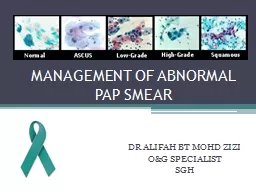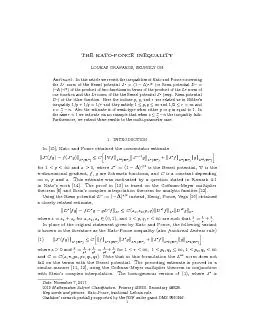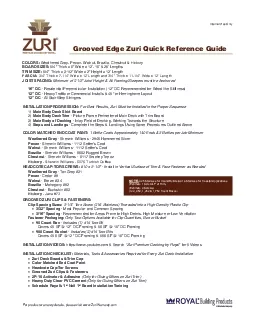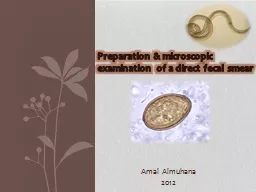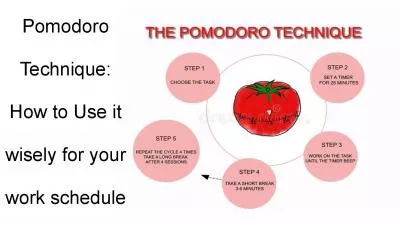PPT-KATO THICK SMEAR TECHNIQUE
Author : unisoftsm | Published Date : 2020-08-27
In 1954 Kato and Miura were the first tointroduce a new method the cellophanethick smear technique which involved a principle of direct fecal sampling Kato and
Presentation Embed Code
Download Presentation
Download Presentation The PPT/PDF document "KATO THICK SMEAR TECHNIQUE" is the property of its rightful owner. Permission is granted to download and print the materials on this website for personal, non-commercial use only, and to display it on your personal computer provided you do not modify the materials and that you retain all copyright notices contained in the materials. By downloading content from our website, you accept the terms of this agreement.
KATO THICK SMEAR TECHNIQUE: Transcript
Download Rules Of Document
"KATO THICK SMEAR TECHNIQUE"The content belongs to its owner. You may download and print it for personal use, without modification, and keep all copyright notices. By downloading, you agree to these terms.
Related Documents



